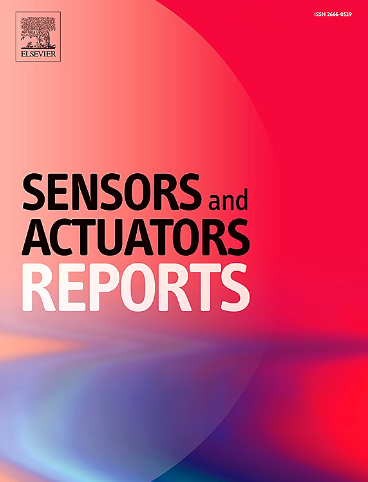用于癌细胞分离的离心微流控系统:进展、挑战和应用
IF 7.6
Q1 BIOTECHNOLOGY & APPLIED MICROBIOLOGY
引用次数: 0
摘要
癌症仍然是一个主要的全球健康挑战,循环肿瘤细胞(ctc)在转移和疾病进展中起着关键作用。有效检测和分离CTCs对于早期诊断、治疗监测和个性化治疗策略的推进至关重要。然而,它们在外周血中极其罕见,为可靠的富集和分析带来了重大的技术挑战。离心式微流体系统,或碟上实验室(lod)平台,提供了一个很有前途的解决方案,通过最少的人工干预,实现罕见癌细胞的自动化、高通量和经济高效的分离。本文综述了离心微流控技术的最新进展,重点介绍了用于诊断的癌细胞分离和临床转化的挑战。特别关注分离技术的优化,微通道设计的改进,以及在提高纯度和产量的同时最大限度地减少污染和细胞损伤的策略。我们批判性地比较了无标签、基于亲和力和混合分离方法,并研究了材料选择、表面功能化、自动化和集成检测模块如何影响设备性能。临床相关性强调贯穿始终,包括实际患者应用,监管挑战和翻译障碍的例子。此外,我们提出了未来的方向,以解决持续的限制,如堵塞,有限的特异性和标准化。虽然常规临床实施仍然很复杂,但最近的创新显著提高了系统的稳健性、可重复性和可及性。本综述为研究人员和临床医生提供了资源,总结了该领域的现状,并概述了为癌细胞分离量身定制的下一代离心微流控系统的前进道路。本文章由计算机程序翻译,如有差异,请以英文原文为准。

Centrifugal microfluidic systems for cancer cell separation: Advances, challenges, and applications
Cancer remains a leading global health challenge, with circulating tumor cells (CTCs) playing a pivotal role in metastasis and disease progression. Efficient detection and isolation of CTCs are essential for early diagnosis, therapeutic monitoring, and the advancement of personalized treatment strategies. However, their extreme rarity in peripheral blood presents significant technical challenges for reliable enrichment and analysis. Centrifugal microfluidic systems, or lab-on-a-disc (LOCD) platforms, offer a promising solution by enabling automated, high-throughput, and cost-effective separation of rare cancer cells with minimal manual intervention. This review provides a comprehensive analysis of recent advances in centrifugal microfluidic technologies, with a focus on cancer cell separation for diagnostics and the challenges of clinical translation. Particular attention is given to the optimization of separation techniques, improvements in microchannel design, and strategies to minimize contamination and cell damage while enhancing purity and yield. We critically compare label-free, affinity-based, and hybrid separation approaches, and examine how material selection, surface functionalization, automation, and integrated detection modules in-fluence device performance. Clinical relevance is emphasized throughout, including examples of real patient applications, regulatory challenges, and translational barriers. Furthermore, we propose future directions to address persistent limitations such as clogging, limited specificity, and standardization. While routine clinical implementation remains complex, recent innovations have significantly improved system robustness, reproducibility, and accessibility. This review serves as a resource for researchers and clinicians, summarizing the current state of the field and outlining the path forward for the next generation of centrifugal microfluidic systems tailored for cancer cell separation.
求助全文
通过发布文献求助,成功后即可免费获取论文全文。
去求助
来源期刊

Sensors and Actuators Reports
Multiple-
CiteScore
9.60
自引率
0.00%
发文量
60
审稿时长
49 days
期刊介绍:
Sensors and Actuators Reports is a peer-reviewed open access journal launched out from the Sensors and Actuators journal family. Sensors and Actuators Reports is dedicated to publishing new and original works in the field of all type of sensors and actuators, including bio-, chemical-, physical-, and nano- sensors and actuators, which demonstrates significant progress beyond the current state of the art. The journal regularly publishes original research papers, reviews, and short communications.
For research papers and short communications, the journal aims to publish the new and original work supported by experimental results and as such purely theoretical works are not accepted.
 求助内容:
求助内容: 应助结果提醒方式:
应助结果提醒方式:


